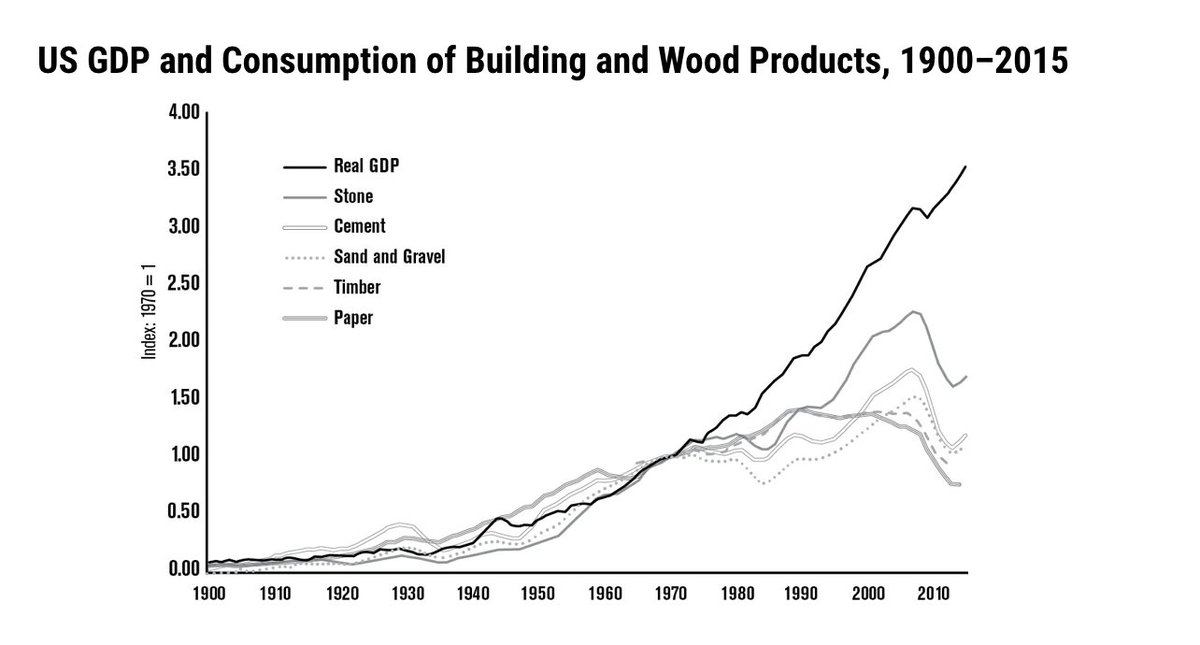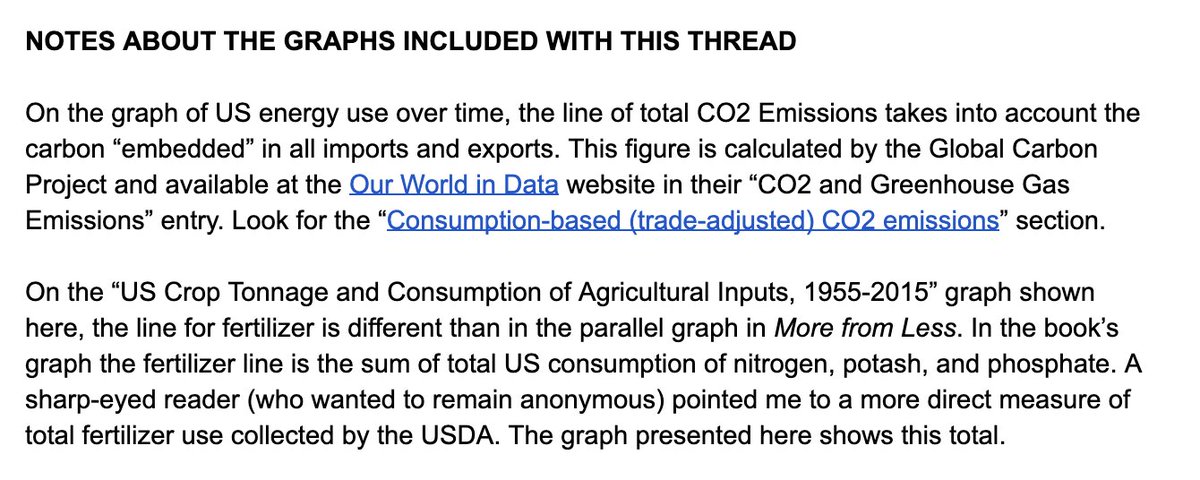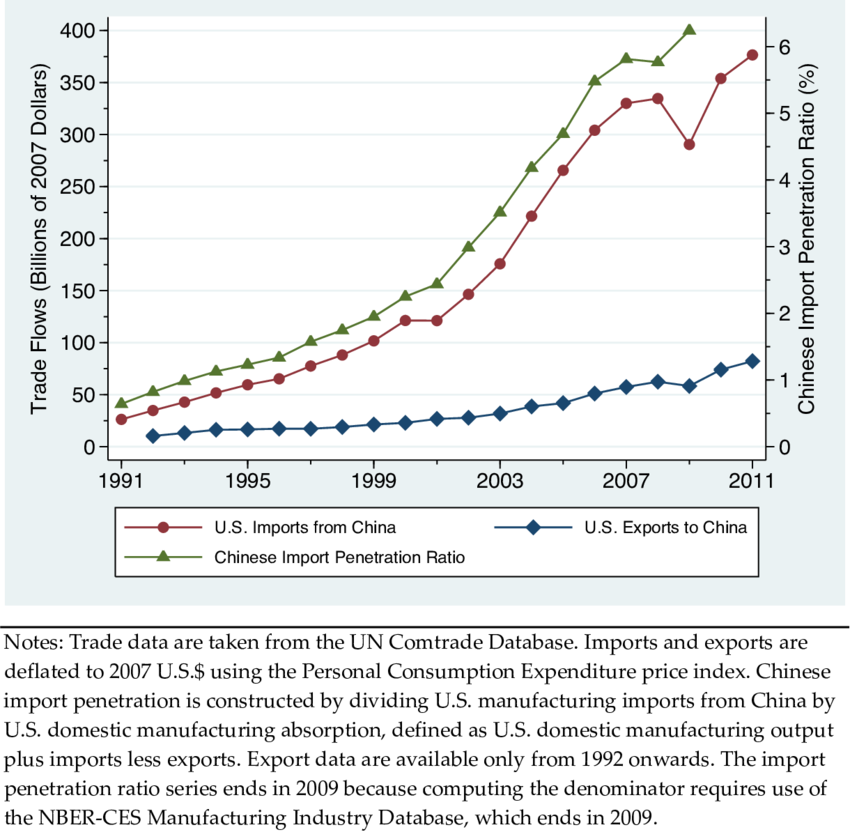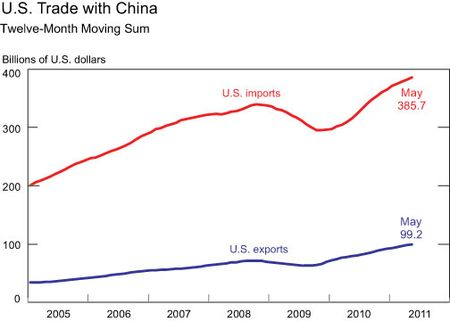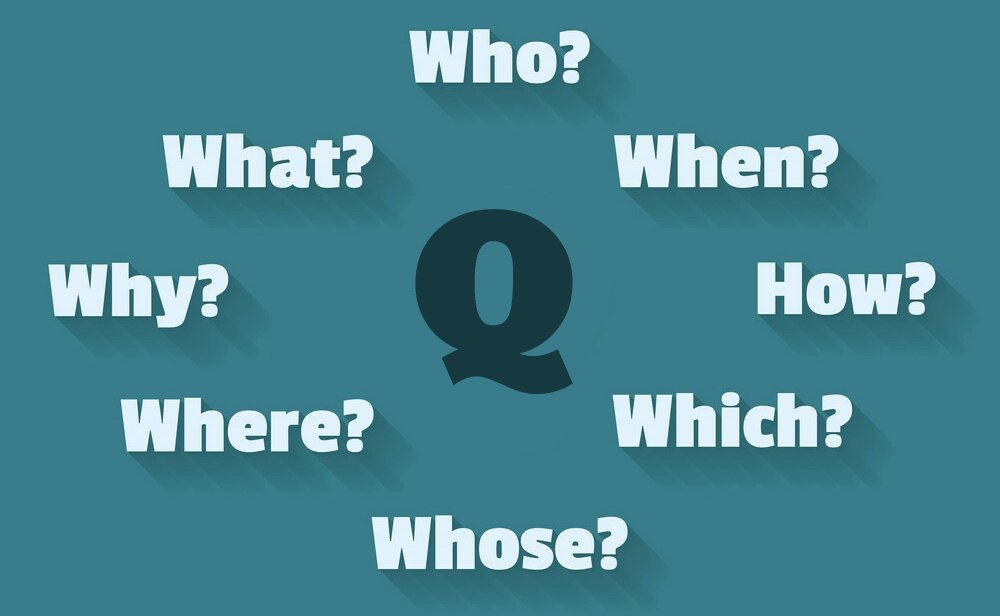@Jasonhickel recently posted a thread refuting the claims I make in my book “More from Less.” So, time to respond.
threadreaderapp.com/thread/1221033…
amazon.com/More-Less-Surp…
pnas.org/content/112/20…

foreignpolicy.com/2018/09/12/why…
thebreakthrough.org/issues/conserv…
ourworldindata.org
Nope. On a planetary scale, it’s a trivial amount.
ui.adsabs.harvard.edu/abs/2007AGUFM.…

